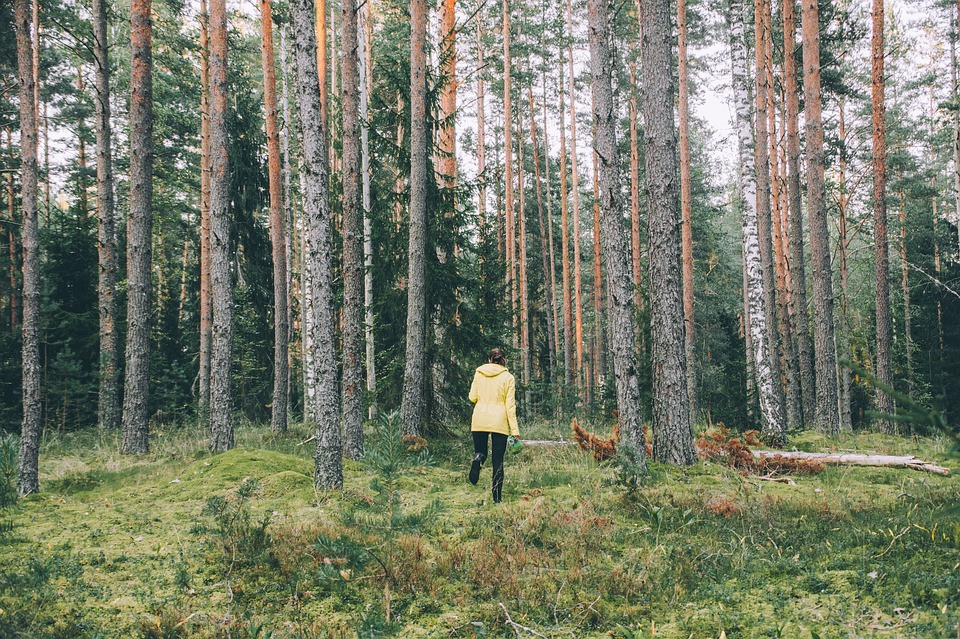Cheap Green Adventures: Go On a Plant Safari
by Kim | June 22, 2009

The Washington Post had an article this weekend about "Name That Plant," suggesting that gardeners test their knowledge about the environment by trying to name the plants they encounter in backyards or beyond.
It reminded me of something I read, a memoir by a novelist who recounted spending time with an older gentleman. "What's the name of that plant? Or that one?" asked the older man, pointing. The younger man didn't know the name of any of the growing things. "And you call yourself a writer?" the old man asked. "Writers are the ones entrusted with describing the world," he said, shaking his head.
People just used to know a lot more about plants. Whether we consider ourselves writers or not, we are all entrusted with the care of this planet. A common tactic to increase awareness of human rights issues is to attach a name—and a face—to situations like homelessness, refugees, or child labor.
The same strategy can be applied to the natural world. How much more likely are we to care for plant life if we know it by name?
Spending time with people with knowledge of botany can really deepen your appreciation of your locale. Chances are, there are plenty of wild things growing near you. Going on a plant safari starts with finding a natural area: wild space if you have access to it, a backyard or park if one is nearby, or a botanical reserve if you're feeling ambitious.
"Going on a plant safari starts with finding a natural area: wild space if you have access to it, a backyard or park if one is nearby, or a botanical reserve if you're feeling ambitious."
And—get to know your neighbors. Go with a friend or bring your kids. Bring some paper and pencil to sketch the plants, or a digital camera—the goal here is not to uproot all of the wild things while learning to identify them. Start a scrapbook, blog, or Flickr feed documenting your efforts.
As you begin to learn the names of your plant friends—testing each other can be a fun family activity—you can go deeper into your surrounding habitat, learning what birds and animals survive off the vegetation, how the seeds are distributed, and even what plants might be safe to eat. Foraging can make for some uniquely satisfying meals, if you know what you're doing.
While it might be fun to look over your scrapbook or blog at the end of the summer to see how much you've learned (you can even have a "Name That Plant" challenge), the learning doesn't have to stop after plants stop blooming. Now is a great time to start, especially since so many of us have had so much rain to deal with and will no doubt have a bumper crop of flowers, scrub, and weeds to deal with.
One of my favorite photo blogs about nature in New York City is A Year in the Park. Submit your own favorite photo feeds having to do with your local vegetation.

